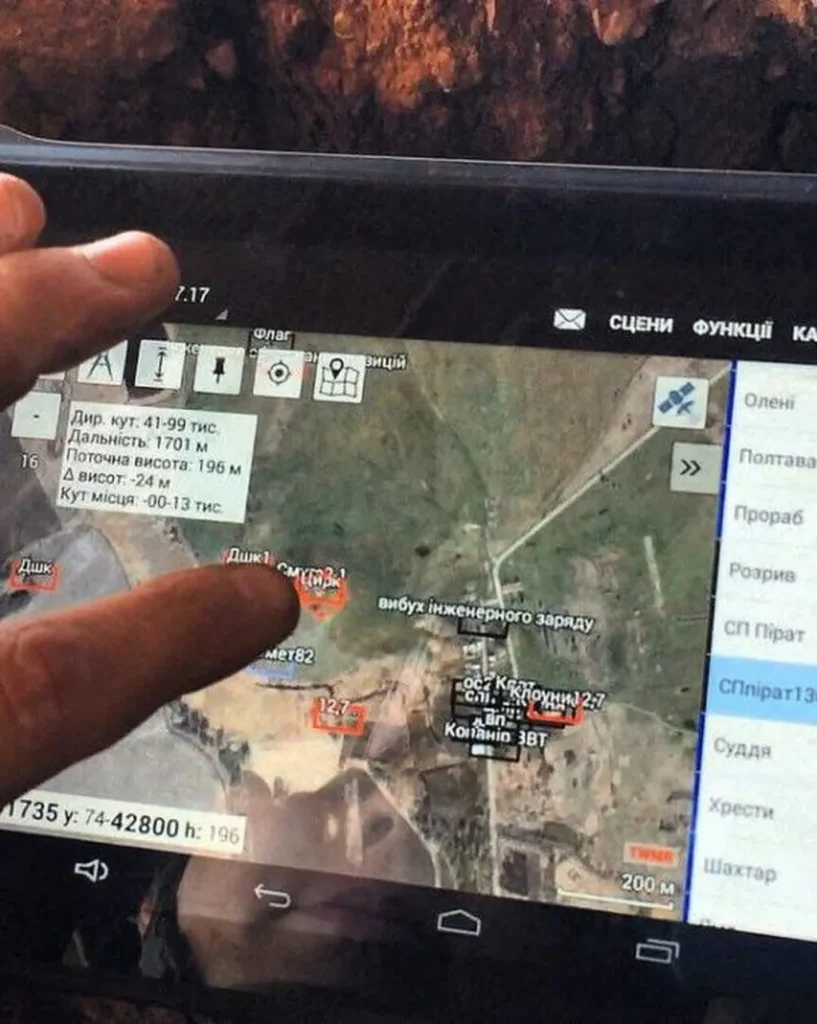In the heart of Belgorod, Russia, a groundbreaking study led by Panchenko Larisa at Belgorod State Technological University named after V.G. Shukhov is set to revolutionize the way we think about constructing load-bearing structures. Published in the *Magazine of Civil Engineering* (or *Zhurnal Grazhdanskogo Stroitelstva* in Russian), this research delves into the energetic basis of rational construction design, promising significant commercial impacts for the energy sector and beyond.
At the core of Panchenko’s work lies the integration of new variational principles into the design process. These principles operate at multiple levels—topology, geometry, and element parameters—while simultaneously selecting optimal materials. “The key innovation here is the application of these principles to achieve a rational distribution of load on structures,” Panchenko explains. This approach not only enhances strength and durability but also optimizes manufacturability and material consumption, ultimately reducing construction and reconstruction costs.
The study introduces an objective criterion of optimality, which serves as a guiding principle for the synthesis of supporting structures. By focusing on a rational energy principle, Panchenko and her team have developed algorithms tailored for software design. These algorithms are poised to transform the industry by enabling more efficient and cost-effective construction practices.
The implications of this research are far-reaching. For the energy sector, the ability to design structures with reduced material consumption and enhanced durability translates to lower costs and improved sustainability. “Our goal is to create structures that are not only stronger and more durable but also more environmentally friendly,” Panchenko notes. This aligns with the growing demand for eco-friendly construction practices and underscores the commercial potential of the research.
As the construction industry continues to evolve, the integration of these variational principles into mainstream design software could become a game-changer. Panchenko’s work highlights the importance of interdisciplinary collaboration, combining principles from physics, engineering, and computer science to drive innovation in civil engineering.
In an era where sustainability and cost-efficiency are paramount, this research offers a compelling vision for the future of construction. By leveraging the principles outlined in Panchenko’s study, the industry can move towards more rational, energy-efficient, and environmentally conscious design practices. As the findings are further refined and implemented, they could very well shape the next generation of load-bearing structures, benefiting not just the energy sector but the broader construction industry as a whole.

